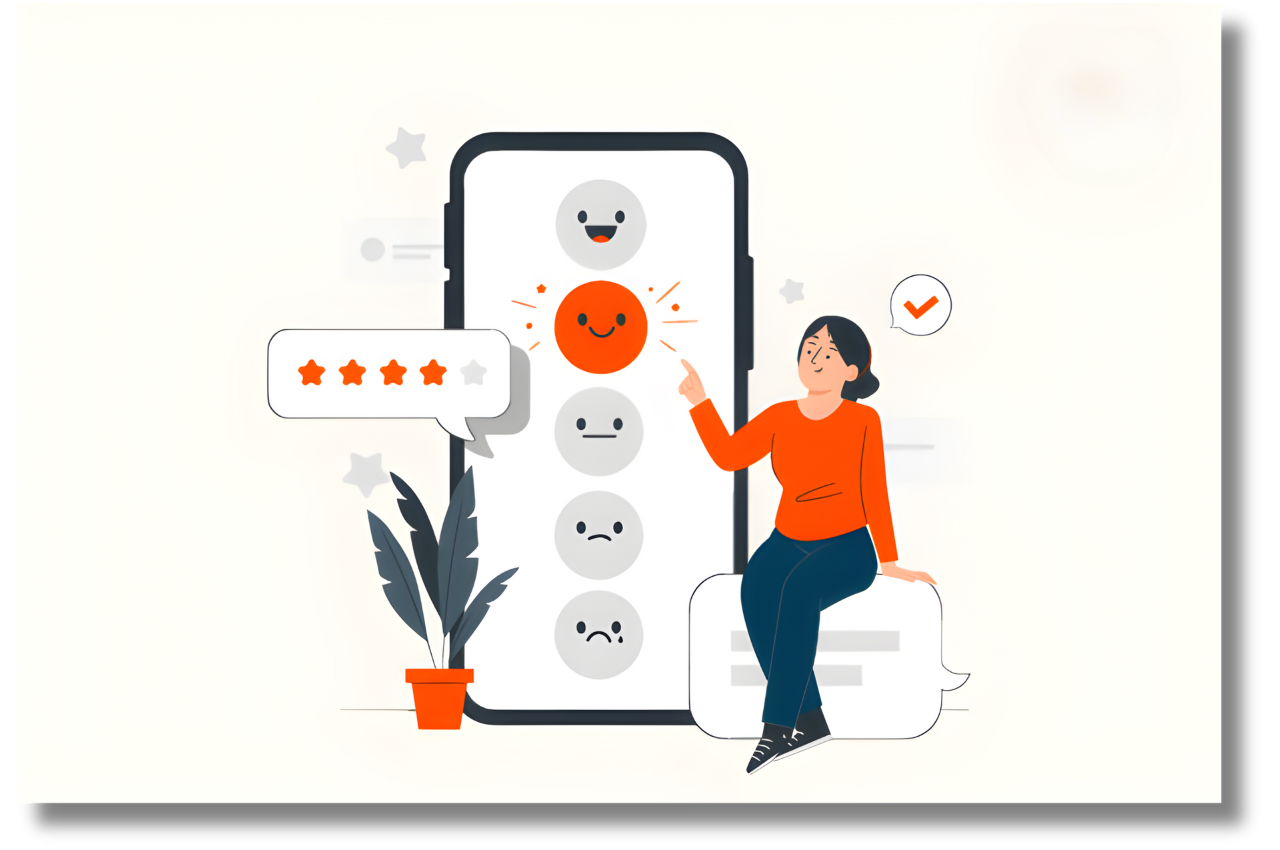Did you know 346,000 new businesses were formed in the US in the third quarter of 2022? That’s a significant jump from 227,000 new business starts in Q2 2020.
This means your small business will likely face stiff competition. How do you overcome it?
Better customer experience (CX).
A top-notch purchase experience helps you build a strong customer base or community of loyal customers who will make repeat purchases. It can even help you attract new customers through referrals or word of mouth.
But how do you improve customer journeys and convert leads to repeat customers as a small business owner? Adopting an integrated approach to customer experience, marketing, and sales is key. Here are a few tips to help you get started.

Chase the right leads
You likely spend a lot of time generating leads and following up with them. New leads are integral to a high-performing sales pipeline.
But as a small business owner, you may not have the resources to nurture every lead that enters your pipeline. Case in point—70 percent of SMB owners report handling all their sales and marketing operations themselves, meaning they don’t have a dedicated team and are lacking in meaningful customer experiencemetrics.
It’s wiser to use a customer relationship management (CRM) platform that lets you score and qualify leads. Modern CRM solutions analyze each lead’s likelihood of conversion and assign a score. That, in turn, can help business owners (and their sales teams) focus their follow-up and nurturing efforts. This also ensures that no leads slip out.

Define concrete buyer personas
Understanding your target audience‘s pain points, preferences, and behavior is one of the most widely mentioned marketing tips for entrepreneurs. But having a broad overview of your potential customers isn’t enough. The last thing you want is to drive them away with generalized messaging and promotions.
Instead, you must divide your target audience into segments based on purchase history, location, online activity, and more. A robust CRM solution can come in handy here, providing an in-depth glimpse into every customer’s behavior, background, and preferences. This makes it easier to divide them into segments.
Outline detailed buyer personas for each group, complete with a name, age, occupation, likes, dislikes, interests, and other qualifiers. It’ll help you tailor your messaging to each segment and, ultimately, improve CX.
Prioritize personalization
According to a recent survey, 62 percent of consumers say a brand will lose their loyalty if it delivers a non-personalized purchase experience. Another report by PwC revealed that 61 percent of customer loyalty executives ranked personalizing the customer experience as a top priority.
How is that relevant for marketing for small business owners?
You can’t expect to drive conversions and skyrocket customer retention with a one-size-fits-all marketing strategy. Instead, you must personalize the customer experience at every touchpoint, from the first follow-up call to the order confirmation email.
The good news?
You’re already on the right track if you’ve divided your target audience into segments. The next step is to use marketing automation tools to deliver personalized content, product recommendations, and promotional offers to each segment.
A CRM platform like Act!, which features built-in automation capabilities, can come in handy here. With Act!, you can tweak your communication for different buyer personas at every sales funnel stage.
Let’s say a lead opens your weekly newsletter and clicks on a button that leads to your upcoming webinar, but they don’t register. You can use automation software to send a personalized reminder, urging them to sign up for the webinar.

Implement automated email campaigns

If there’s one customer experience tip you must follow, it’s this: Use automated email campaigns to personalize customer journeys.
As a business owner, you’re already aware of the benefits of email marketing. Nevertheless, many email campaigns fail to hit the right note with consumers. That’s because they look like cookie-cutter emails sent to hundreds (if not thousands) of other prospects. And adding the recipient’s name in the subject line or body copy no longer screams “personalized.”
Relying on generic email campaigns is one of the biggest mistakes you can make.
Instead, you must use automated email workflows to create personalized customer journeys. An integrated CRM and marketing automation solution can help you implement such campaigns.
For instance, you can set up response-based campaigns that trigger specific emails based on how a recipient interacted with previous emails. Alternatively, you can build drip email campaigns that automatically send personalized follow-upemails and reminders to nurture leads. It’s an excellent way to tailor the customer journey to individual buyer segments.
Focus on multi-channel marketing
Consumers typically go through various touchpoints, such as social mediaplatforms, chatbots, emails, and sales calls, before purchasing. In fact, more than 50 percent of customers use about three to five channels before purchasing, emphasizing the importance of a multi-channel digital marketing strategy.
Start by identifying the communication channels each customer segment frequently uses. Next, find out when they’re most likely to use these channels. This will give you an idea of the scope and timing of your marketing campaigns.
Now, it’s time to start creating and delivering high-quality and valuable content through each channel. Make sure you tailor the content to fit each platform and customer and maintain a consistent brand identity. Depending on your target demographic, you can also use other channels like SMS, push notifications, and instant messaging apps.
Deliver top-notch customer support
Six in ten business owners will move on after 48 hours if their onboarding issue isn’t resolved. In other words, converting leads into customers isn’t enough. You also need a customer success strategy. And that emphasizes the importance of proactive and timely support.
Provide omnichannel customer support with chatbots, FAQs, knowledge base articles, emails, and phone calls. Using a ticketing system to address and resolve customer queries can also help improve the post-purchase experience.
Speed up query resolution by ensuring customer support teams can readily access customer data. A CRM platform can be helpful here, providing your reps with up-to-date information on a customer, including their purchase and service history. This saves customers the hassle of repeating their queries and other details whenever they talk to a new rep. The result? Better customer satisfaction.
Track and measure

You’ll invest plenty of resources in automated email workflows and multi-channel campaigns to attract and retain customers. But are these investments helping you improve conversion rates and customer loyalty?
Use your CRM system to monitor your sales processes, marketing campaigns, and customer support channels. It’ll give you an overview of gaps in the sales funnel that are causing leads to churn. Similarly, you can identify bottlenecks that prevent repeat purchases.
Integrate sales, marketing, and customer service
If you want to deliver the best purchase experience and drive customer retention, don’t let sales, marketing, and customer service teams work in silos. Instead, empower them to collaborate using an integrated CRM and marketing automation solution.
With Act!, you can bring them all under one roof to deliver a superior customer experience. Try Act! for free to see its benefits first-hand.


